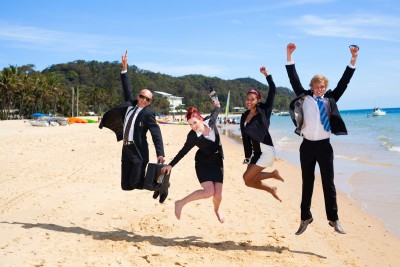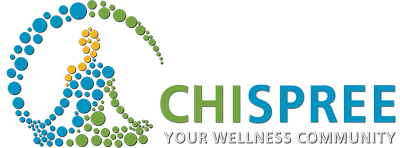Relaxation Techniques – Not Just for Hippies Anymore
 Relaxation techniques are for everyone.
Relaxation techniques are for everyone.
Aside from reducing stress, anxiety, and anger, incorporating relaxation into our overall wellness routine can benefit both mental and physical health and can have big benefits such as lowering blood pressure and heart rate and relieving muscle tension, relieve headaches, improve sleep, and more. Many relaxation techniques are scientifically proven to be effective and are not just a bunch of “new age hippie mumbo jumbo”. There are many types of relaxation techniques and they may not work for everyone, and most, if not all, require practice to be effective. Some can be done with recordings, individually, in classes or groups, or individualized sessions. Keep an open mind and try different options until you find the one that seems most helpful for you.
Some Common Relaxation Techniques Include:
- Deep Breathing Exercises- Also called abdominal breathing or belly breathing, are a simple form of relaxation that can be done while sitting, standing, or lying down. The basic method of abdominal breathing is breathing deep into the abdomen and allowing the belly to expand rather than breathing with the chest and back expanding. Deep breathing is often done very slowly with multiple repetitions and emphasizes complete inhalation and exhalation. Deep breathing can be done virtually anywhere and is often practiced many times throughout the day.
- Meditation- There are many forms of meditation, some rooted in spirituality, some not. Most meditation is aimed at quieting the mind, relaxing the body, naturally build energy levels, and connecting with the self among other aims. Meditation can be practiced using chants or mantras both aloud or internal, focusing on a specific feeling or idea, can incorporate drumming, or can be done with no stimulus at all.
- Yoga- Known as a moving meditation, yoga is a combination of physical, mental, and breathing exercises native to India.
- Tai Chi and Qi Gong- With similarities to yoga, these martial arts like forms of moving meditation focus on breathing, movement, and promoting physical and mental health. These traditional Chinese practices are rooted in the ideals and theories of Chinese Medicine and philosophy and aim to build the participants Qi, or Chi or life energy.
- Progressive Muscle Relaxation- A technique used to help relax tense muscles. The premise is that the person intentionally learns to tense and then relax different muscle groups in order to learn to notice tension and relax their body. This is often done from head to toe, or from the feet up in a quiet dark room.
- Visualization Exercises- Visualization is essentially using our imagination to create an image or scene in our mind. This can be done to leave our physical surroundings behind and visualize a calm and relaxing place, or to imagine ourselves being or feeling a certain way in a give situation, or achieving some goal. Visualization can be an effective form of relaxation and if used toward a goal, is thought to be helpful to build motivation and help us be more successful when real situations arise.
- Music Therapy- Music therapy has a long history and can take different forms from simply listening to calming sounds like ambient or classical music, or can take the form of active participation like a drumming circle. Music therapy can be done at home, in groups, individually, or in a session led by a music therapy expert.
The important part about relaxation techniques is that you find the right one for you. Again, they can all require practice to be effective, so keep an open mind and keep trying until you achieve the relaxation you were looking for. Wether you are new to relaxation techniques or are looking for a new addition to your wellness routine, it’s best to keep trying new things.
For assistance with Relaxation techniques, browse our Merchant Directory to find the right stress management services for you.
Author: Tony Montijo, BS Kinesiology, CPT, CES






